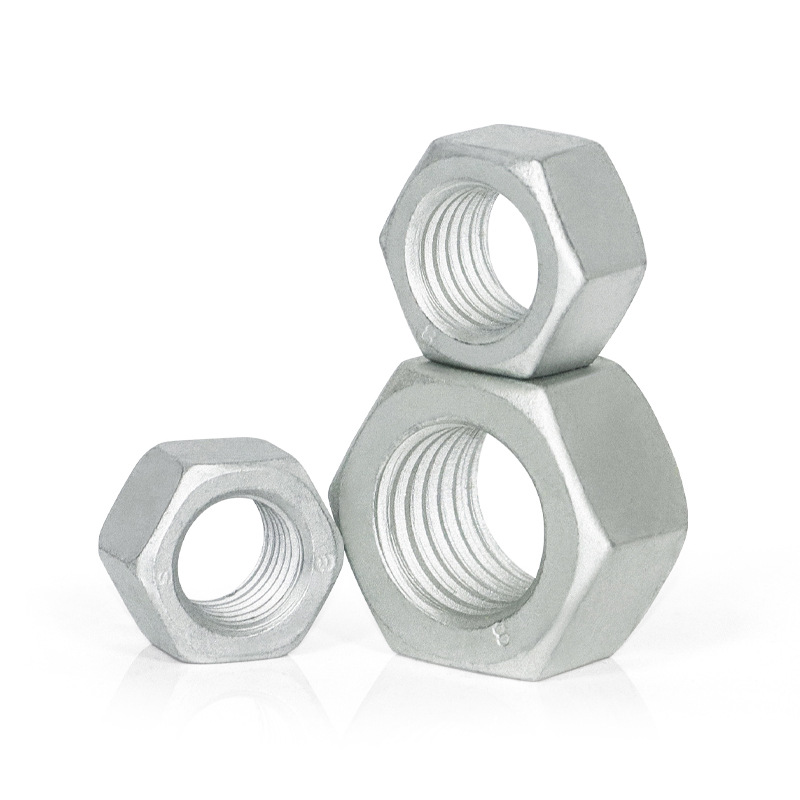

Hexagon Screw Nuts for Secure and Reliable Fastening Solutions in Various Applications
Aug . 20, 2024 13:49 Back to list
Hexagon Screw Nuts for Secure and Reliable Fastening Solutions in Various Applications
Understanding Hex Screw Nuts A Comprehensive Guide
Hex screw nuts, also known simply as hex nuts, are essential components in the vast realm of mechanical engineering and construction. These small yet pivotal fasteners play a crucial role in securing components together, providing stability and strength to various assemblies. In this article, we will delve into the characteristics, types, applications, and considerations surrounding hex screw nuts.
What Are Hex Screw Nuts?
Hex screw nuts are characterized by their hexagonal shape, which allows for easy handling and installation using standard tools such as wrenches. They are typically made from various materials, including steel, stainless steel, brass, and plastic, allowing them to cater to diverse environments and requirements. The design of hex nuts includes a threaded hole that fits onto a matching screw or bolt, forming a secure connection.
Types of Hex Screw Nuts
There are several types of hex nuts, each serving specific functions
1. Regular Hex Nuts The most common type, used for general fastening purposes. These can be used with a corresponding bolt or screw.
2. Lock Nuts Designed to prevent loosening due to vibration. Lock nuts may have added features, such as nylon inserts or serrated surfaces that grip the bolt more firmly.
3. Thin Nuts Thinner than regular nuts, these are used in applications where space is limited.
4. Flange Nuts These nuts have a wider base or flange that distributes the load over a larger area, reducing the chance of damaging the connected surfaces.
5. Wing Nuts Featuring two wings for easy hand tightening, wing nuts allow for quick adjustments and are often used in applications where frequent assembly and disassembly are necessary.
Applications of Hex Screw Nuts
Hex screw nuts are incredibly versatile and are used across numerous industries
hex screw nuts

- Construction In building frameworks, machinery, and fixtures, hex nuts hold components securely in place.
- Automotive Used in engines and chassis assemblies, they handle vibrations and dynamic loads.
- Manufacturing In production lines, various equipment relies on hex nuts to maintain coherence in assembly.
- DIY Projects For hobbyists and home improvement enthusiasts, they are commonly used in assembling furniture, shelves, and other household items.
Considerations When Using Hex Screw Nuts
While choosing the right hex nut, there are various factors to consider
1. Material Compatibility Ensure that the material of the nut is compatible with that of the bolt or screw to avoid corrosive reactions, especially in outdoor or marine applications.
2. Load Requirements Consider the load capacity when selecting nuts. Opt for lock nuts in high-vibration environments to ensure the connection remains tight.
3. Coating and Finish Depending on the application, nuts may need specific coatings, such as zinc plating or galvanization, for added corrosion resistance.
4. Thread Type Make sure the thread of the nut matches the screw or bolt it will be used with. Standard threads are typically Unified National Coarse (UNC) and Unified National Fine (UNF).
Conclusion
Hex screw nuts might seem like simple components, but they are fundamental to the integrity and functionality of countless applications. Understanding their types, applications, and selection criteria is crucial for anyone involved in engineering, manufacturing, or DIY projects. By utilizing the right hex nuts, one can ensure durable and reliable constructions that stand the test of time. Whether you’re securing machinery, assembling furniture, or building a vehicle, hex screw nuts remain an indispensable tool in your toolbox.
Latest news
-
Hot Dip Galvanized Bolts-About LongZe|High Strength, Corrosion Resistance
NewsJul.30,2025
-
High-Strength Hot Dip Galvanized Bolts - Hebei Longze | Corrosion Resistance, Customization
NewsJul.30,2025
-
Hot Dip Galvanized Bolts-Hebei Longze|Corrosion Resistance&High Strength
NewsJul.30,2025
-
High-Strength Hot-Dip Galvanized Bolts-Hebei Longze|Corrosion Resistance&High Strength
NewsJul.30,2025
-
Hot Dip Galvanized Bolts-Hebei Longze|Corrosion Resistance&High Strength
NewsJul.30,2025
-
Hot Dip Galvanized Bolts - Hebei Longze | Corrosion Resistance, High Strength
NewsJul.30,2025

